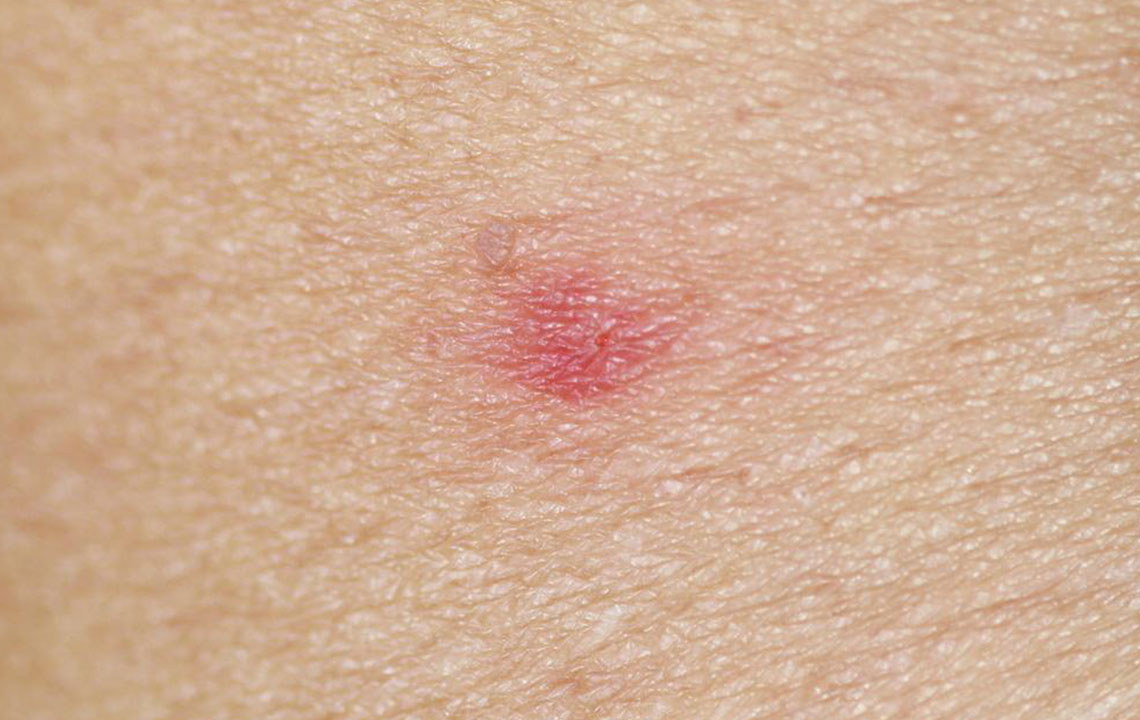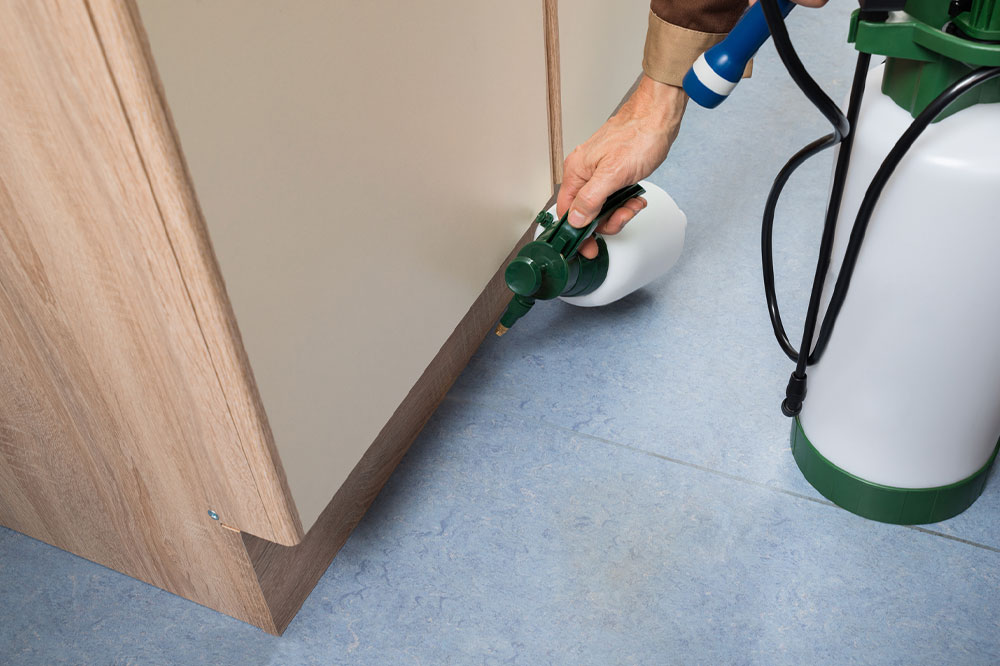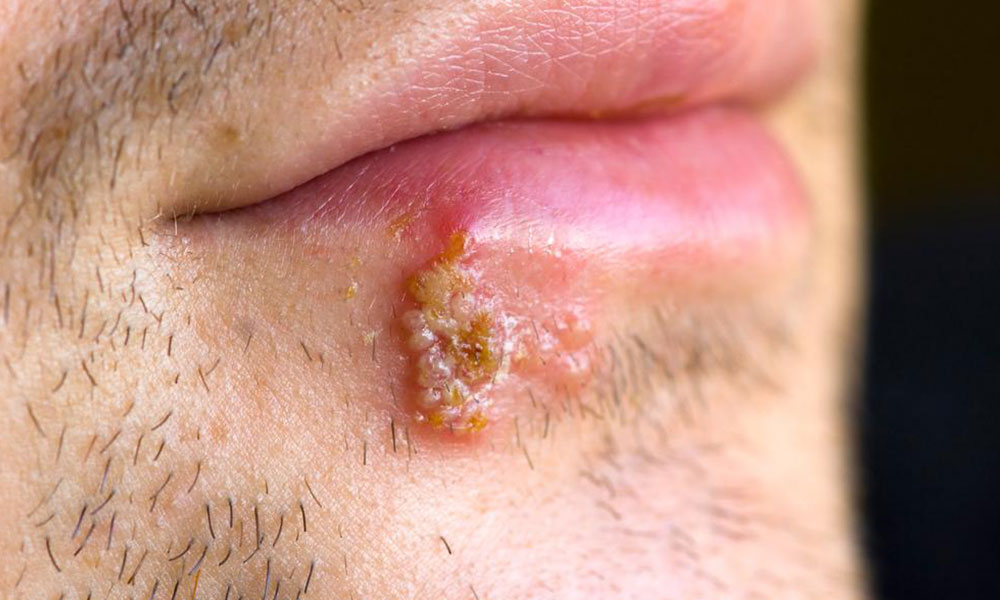How to Identify and Treat Bedbug Bites
Bed bugs are a common problem that people experience in hotels and other places. These are parasites that live on the human blood. They are usually found in the beds and they attach themselves to the body when we lie down. They end up sucking the blood and can cause rashes and other issues on our skin. While the presence of a bed bug can be a health and hygiene issue, the bites of these bugs are known to transmit severe infections from one person to another.

The bed bugs can bite almost anywhere when you lie down on the bed. They usually attack the exposed skin area like the neck, face, legs, and back. However, they can crawl into your nightwear as well. If you have ever asked a doctor, what do bed bug bites look like, they will tell you that these bites are usually like a bump on the skin that becomes red and itchy. It may cause the area to swell if the blood has been sucked out for a long time.
What are the symptoms of bed bug bites?
Once you have an answer to what do bed bug bites look like, it is important that you know the possible symptoms to ensure safety. Some of the common symptoms of bed bug bites are listed below:
- Burning sensation
- Itchiness
- Itchy bump with a dark center and light outer lining
- Small bumps in a zigzag or straight line
- Blisters that may be itchy and red when you touch them
Some of the other symptoms of the bites include difficulty in breathing, itchy skin sensation that can be caused with the touch of the cloth, swollen tongue, or an irregular heartbeat.
How can you treat bed bug bites?
If you have never been bitten by a bedbug, you are lucky. At the same time, it is important that you know some tips to get relief from it. To begin with, search on the Internet with the phrase what do bed bug bites look like to see a few pictures of this type of rash.
As far as the treatment of bedbug bites are concerned, one of the safest ways of treating the issue is with the use of hydrocortisone. It is easily available in any store near you. Alternatively, you can also apply an anti-itch over-the-counter cream or a calamine lotion on the affected area.




